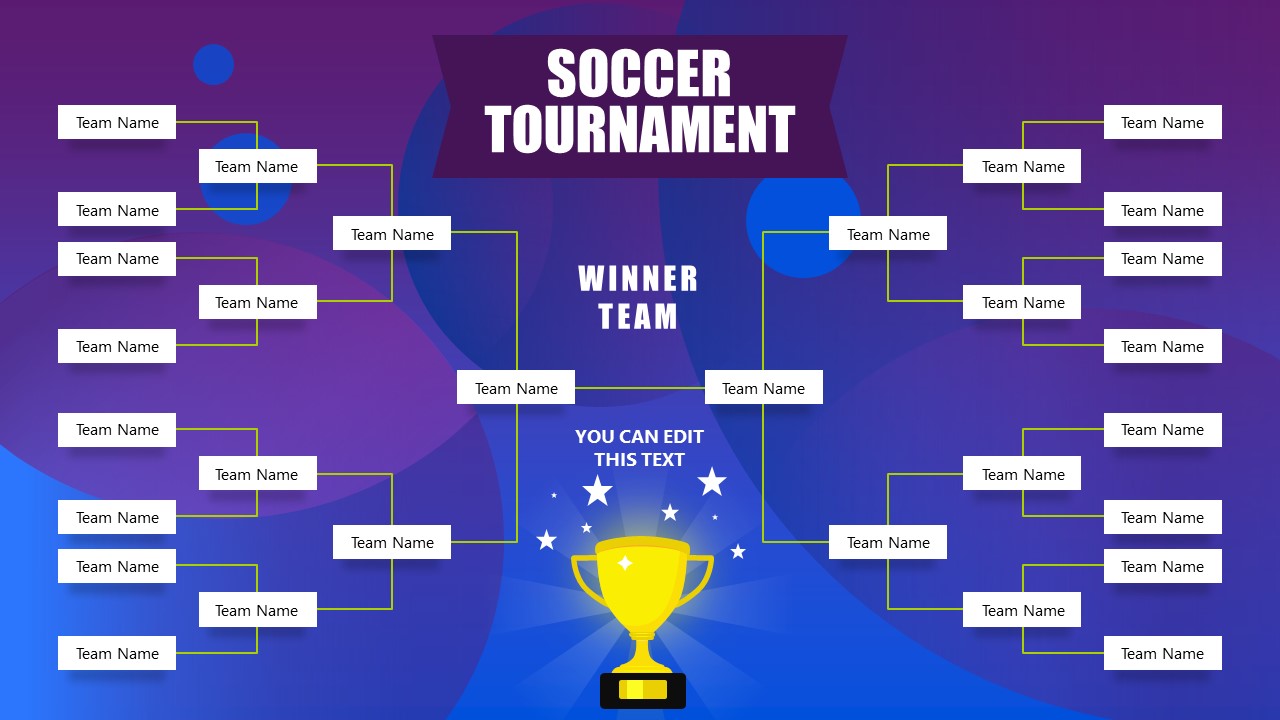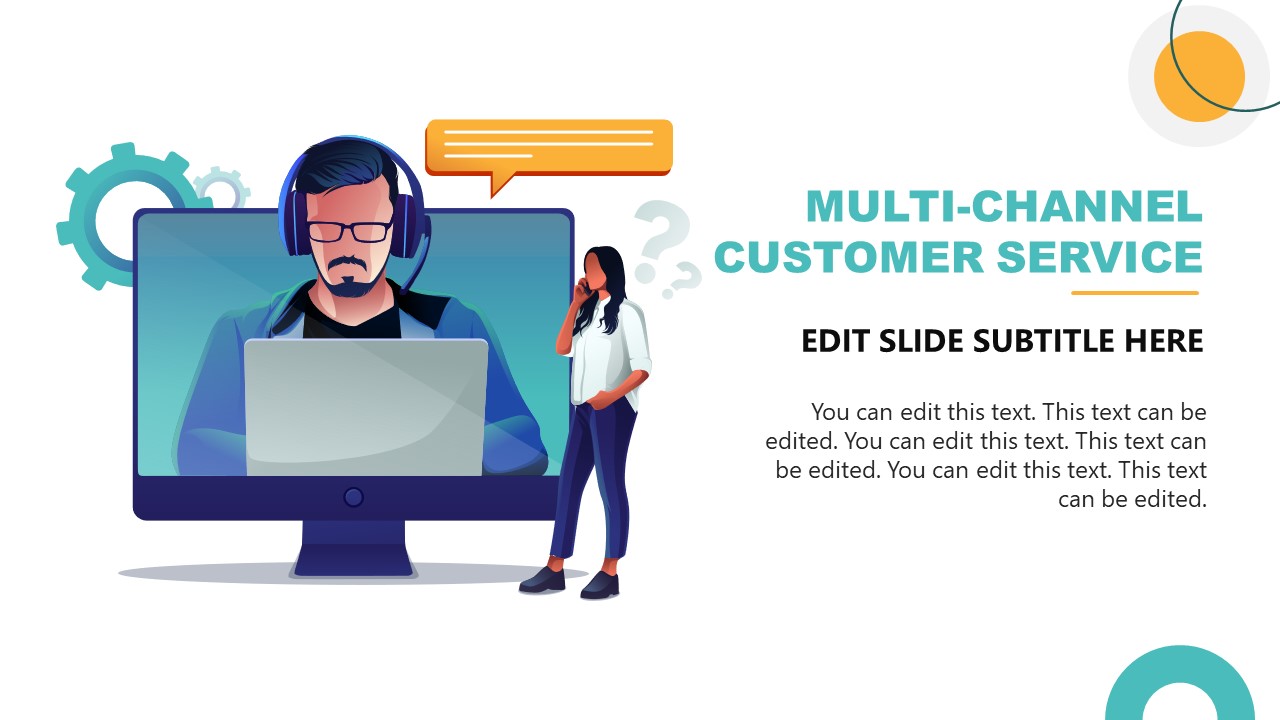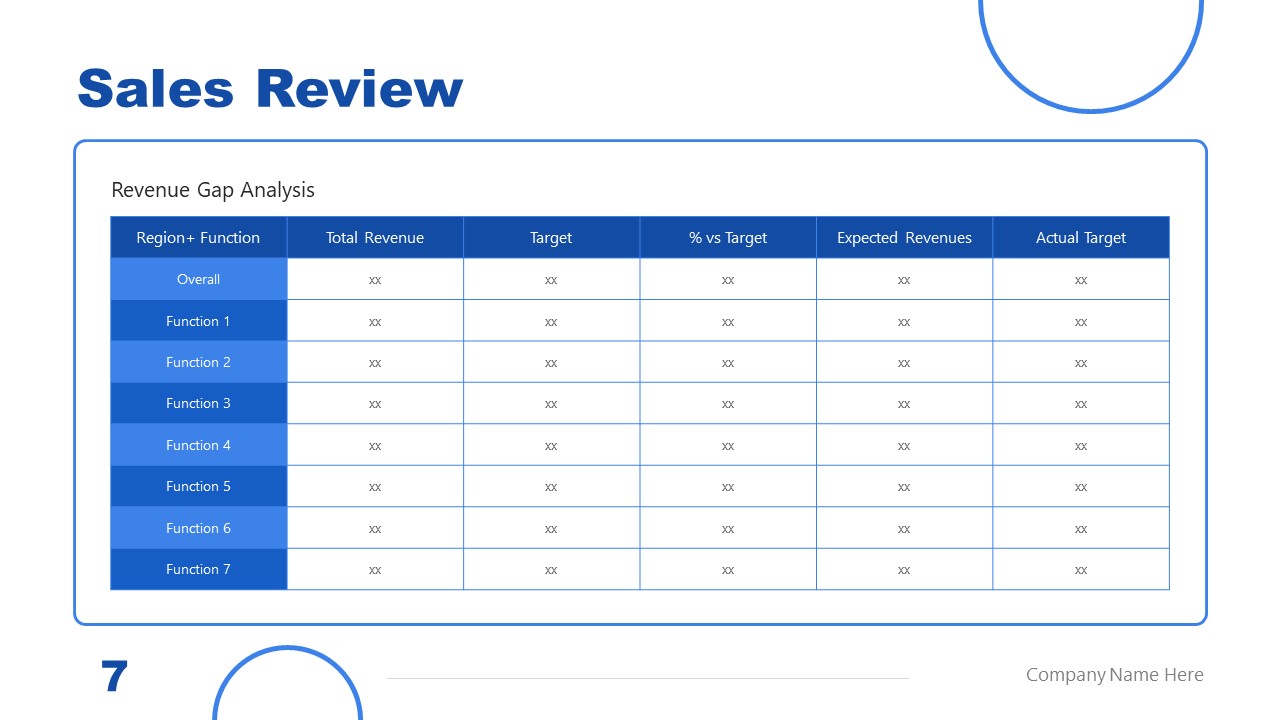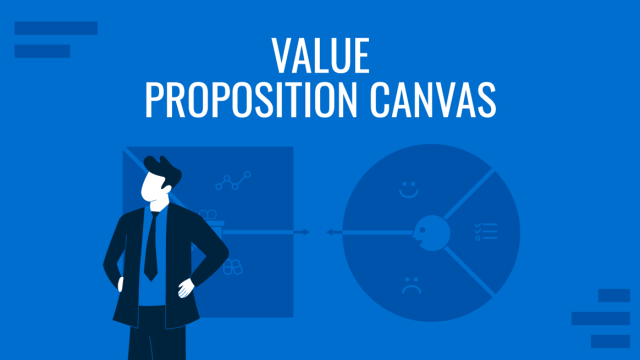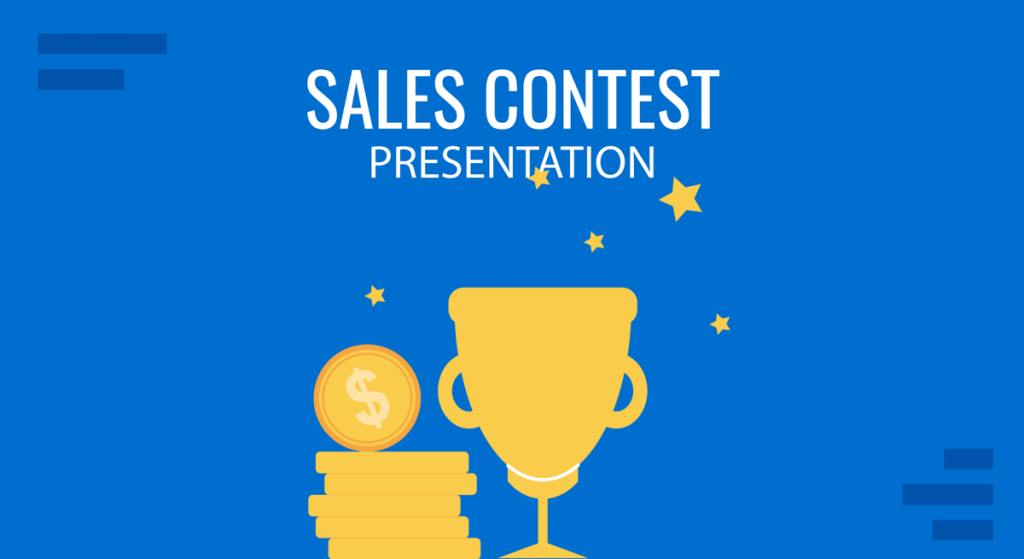
Motivating a sales team to reach new heights requires more than just setting targets; it demands innovative approaches that inspire and engage. One effective method to boost performance and foster a competitive yet collaborative environment is through sales contests. However, the success of these contests largely depends on how they are introduced and communicated to the team. A thoughtfully designed sales contest presentation can be the catalyst that transforms a simple competition into a powerful tool for driving sales excellence.
This article will introduce what’s required to create a powerful sales contest presentation to promote and motivate your team to participate. Learn all the required elements, plus easy-to-customize PPT templates for sales contest presentations.
Table of Contents
- What is a Sales Contest Presentation?
- Elements of Sales Contest Presentations
- What are the Benefits of Making Sales Contest Presentations?
- When Should You Make a Sales Contest Presentation?
- Top 7 Sales Contest Ideas
- Recommended Sales Contest PPT Templates
- Final Words
What is a Sales Contest Presentation?
A sales contest presentation is a structured and strategic communication tool used to introduce, explain, and promote a sales contest within an organization. It serves as the initial briefing for the sales team, outlining the contest’s objectives, rules, incentives, and timelines. The primary goal of the presentation is to generate excitement, clarify expectations, and provide all necessary information to ensure that participants understand how to compete effectively and what they stand to gain.
Elements of Sales Contest Presentations
Creating an effective sales contest presentation involves incorporating several key elements that ensure clarity, engagement, and motivation among your sales team. These elements work together to provide a comprehensive contest overview, setting the foundation for its success. Below are the essential components to include in your sales contest presentation.
Clear Objectives and Goals
Start by outlining the primary objectives of the sales contest. Clearly articulate what the contest aims to achieve and how it aligns with the broader business goals. Whether the goal is to increase sales of a specific product, enter a new market segment, or boost overall revenue, defining the objectives provides direction and purpose to the contest.
Example: “Our goal for this sales contest is to increase the sales of our new product line by 20% over the next three months, aligning with our strategic initiative to expand our market share in the tech accessories sector.”
Contest Structure and Rules
Provide a detailed explanation of the contest structure, including the rules and guidelines for participants. This section should cover eligibility criteria, the contest’s duration, and specific conditions or restrictions. Clear rules prevent misunderstandings and ensure fair competition among participants.
Key Points to Include:
- Eligibility: Who can participate? (e.g., all sales team members, specific departments)
- Duration: Start and end dates of the contest
- Metrics: How performance will be measured (e.g., total sales volume, number of new accounts)
- Restrictions: Any limitations or conditions (e.g., excluding certain products, regional constraints, NDAs, etc.)
Incentives and Rewards
Highlight the incentives and rewards participants can earn by excelling in the contest. Rewards can range from monetary bonuses and gift cards to recognition awards and perks such as extra vacation days or exclusive experiences. Communicate the value of the rewards to motivate participants.
Examples of Incentives:
- Top Performer: $3,000 bonus
- Runner-Up: $1500 gift card
- Monthly Achievement: Extra day off for the best salesperson of the month
- Team Reward: Team lunch or outing if the team meets collective targets
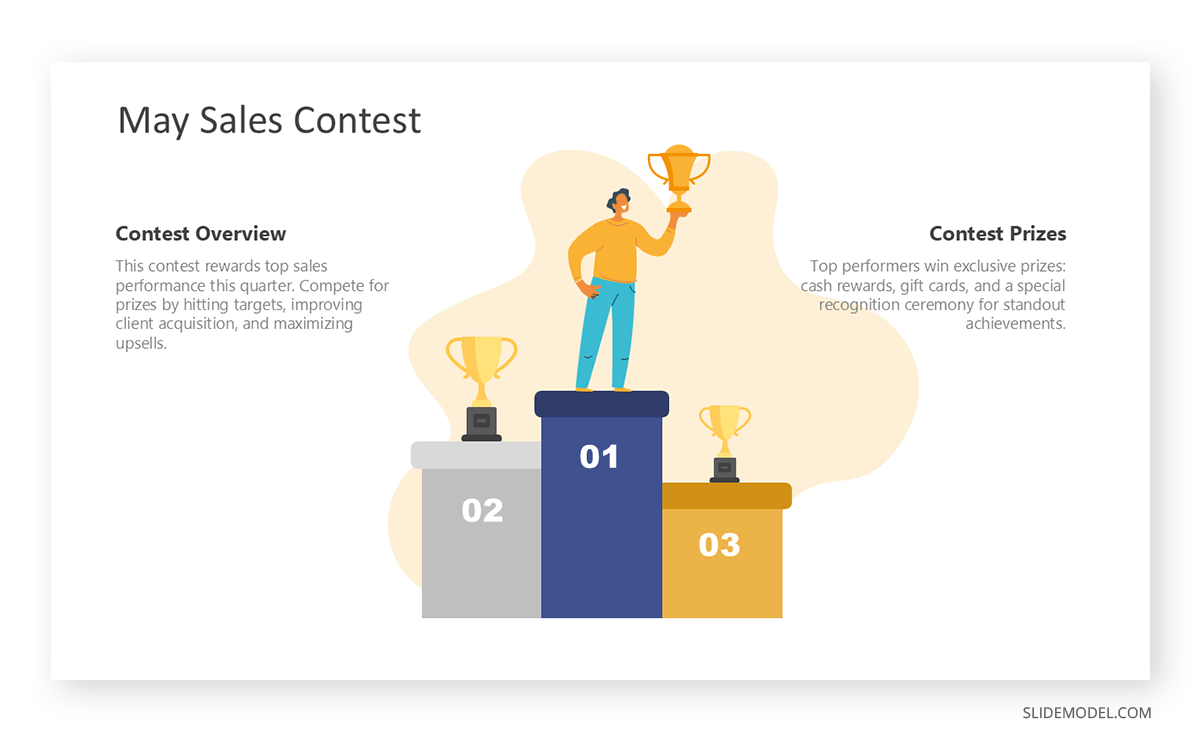
Performance Metrics and Tracking
Explain how performance will be tracked and measured throughout the contest. This includes the specific metrics that will be used to evaluate success, such as sales numbers, conversion rates, or customer feedback scores. Additionally, outline how and when progress updates will be provided to keep participants informed.
Components to Address:
- Metrics: Define the key performance indicators (KPIs)
- Tracking Tools: Software or platforms used to monitor progress
- Frequency of Updates: Weekly emails, dashboard access, or regular meetings
Timeline and Milestones
Provide a clear timeline for the contest, including key milestones and deadlines. This helps participants manage their efforts and stay on track to meet their targets. Highlight important dates, such as progress check-ins, interim awards, or final evaluations.
Example Timeline:
- Kickoff Meeting: May 1
- Mid-Contest Review: May 15
- Final Evaluation: May 31
- Awards Ceremony: June 5
Call to Action
End the presentation with a strong call to action, encouraging participants to take immediate steps to engage with the contest. This could involve signing up, setting personal goals, or attending additional training sessions. A clear call to action reinforces the contest’s importance and prompts proactive participation.
Consider adding a motivational factor, like testimonials from past sales contests. This is particularly useful for new team members who may not be aware of your company’s cultural values. You can also use short videos highlighting the contest’s importance to overall performance metrics as a motivational factor.
What are the Benefits of Making Sales Contest Presentations?
When effectively presented, sales contests offer a multitude of benefits that extend beyond mere sales numbers. They can transform the sales environment, foster team cohesion, and drive sustained performance improvements. Below are some of the key benefits of making sales contest presentations.
Enhanced Focus on Strategic Goals
Sales contests can be tailored to align with specific strategic objectives, such as promoting a new product, entering a new market, or increasing sales in a particular region. A sales contest presentation effectively communicates these goals, ensuring the team’s efforts are directed toward achieving the desired outcomes. This alignment helps prioritize tasks and focus energy on activities that drive the business forward.
Improved Team Cohesion and Morale
Sales contests can foster a healthy sense of competition that strengthens team dynamics. When structured correctly, contests encourage collaboration and camaraderie, as team members support each other in reaching common goals. Recognizing and celebrating achievements through the contest can boost morale, making the sales environment more positive and conducive to high performance.
Increased Sales Performance
The primary objective of sales contests is to drive higher sales performance. By introducing incentives and setting clear targets, contests create a structured framework encouraging salespeople to exceed their usual performance levels. This can lead to significant increases in sales volume, revenue, and market share, contributing to the organization’s overall success.
Enhanced Skill Development
Participating in sales contests can provide valuable learning opportunities for sales professionals. The competitive environment pushes individuals to refine their sales techniques, adopt new strategies, and improve their customer engagement skills. This continuous development can lead to long-term benefits for employees and the organization.
Data-Driven Insights
Running sales contests generates valuable data on sales performance, team dynamics, and market trends. Analyzing this data can provide insights into what strategies are working, areas that need improvement, and emerging opportunities. This information can inform future sales strategies, be used in data-driven decision-making, and enhance overall business intelligence.
Boosting Employee Retention
Engaging and rewarding sales contests can increase employee satisfaction and retention rates. When sales professionals feel valued and see opportunities for recognition and rewards, they are more likely to remain committed to the organization. This reduces turnover and helps in maintaining a stable and experienced sales team.
When Should You Make a Sales Contest Presentation?
Unlike what most people think, timing is critical for the effectiveness of a sales contest presentation. No one should try to motivate their team after a big sales event like Black Friday. Also, avoiding the downslope sales trends for your company is important since you already know that sales numbers will rank below average in your niche (unless you intend to test a revolutionary sales strategy to minimize low-sale seasons).
In our experience, here are what works best as opportunities to deliver a sales contest presentation.
Launching a New Product or Service
Introducing a sales contest and launching a new product or service can significantly boost its market penetration. The contest can motivate the sales team to prioritize the latest offering, accelerating its adoption and generating initial sales momentum.
Why It’s Effective:
- Focus: This position directs attention to the new product, ensuring that the sales team is well-informed and enthusiastic about promoting it.
- Momentum: Capitalizes on the excitement surrounding the launch to drive immediate sales efforts.
- Feedback: Encourages the sales team to gather valuable customer feedback during the initial sales phase.
Seasonal Peaks and High-Demand Periods
Implementing sales contests during seasonal peaks or high-demand periods, such as holidays, back-to-school seasons, or annual sales events, can capitalize on increased consumer activity and purchasing behavior. For instance, you can use your biggest annual sale, with usual higher discount rates, to test whether the salesperson’s input influences the total sales conversion rate or if juicy discounts merely drive the audience.
Why It’s Effective:
- Relevance: Aligns sales efforts with times when consumers are more likely to purchase.
- Maximization: Helps in maximizing sales opportunities during peak periods.
- Engagement: Keeps the sales team motivated during busy and potentially stressful times.
Responding to Market Changes or Challenges
Businesses may need to adapt quickly or overcome specific challenges in dynamic markets. A sales contest can strategically respond to such situations, motivating the sales team to address issues head-on and find innovative solutions.
Think of the post-pandemic scenario, where companies must attract customers after being in “essentials-only” mode for two years. This is a unique chance for the sales team to refresh their mindset and test new methods of connecting with the audience.
Why It’s Effective:
- Adaptability: Encourages the team to be flexible and responsive to market shifts.
- Problem-Solving: Motivates salespeople to develop creative strategies to tackle challenges.
- Resilience: Builds a resilient sales force capable of handling adversity.
Top 7 Sales Contest Ideas
Top Sales Performer Challenge
Objective: Reward the salesperson with the highest sales revenue or units sold within a specific period.
How It Works:
Track individual sales metrics such as total revenue or number of units sold.
At the end of the contest period, the top performer receives a significant prize or recognition.
Benefits:
- Encourages healthy competition.
- Motivates salespeople to exceed their sales targets.
- Recognizes and rewards excellence.
Most Improved Salesperson Contest
Objective: Acknowledge the salesperson who shows the greatest improvement compared to previous periods.
How It Works:
Measure each salesperson’s performance against their past results.
The individual with the highest percentage increase wins.
Benefits:
- Motivates all team members, not just top performers.
- Encourages personal growth and development.
- Boosts morale among underperforming team members.
New Client Acquisition Race
Objective: Incentivize the acquisition of new customers or accounts.
How It Works:
Set targets for the number of new clients each salesperson should acquire.
Reward those who meet or exceed these targets.
Benefits:
- Expand the company’s customer base.
- Drives business growth.
- Encourages proactive prospecting.
Team-Based Sales Competition
Objective: Foster collaboration by grouping salespeople into teams to compete collectively.
How It Works:
Divide the sales team into smaller groups.
Set collective targets for each team.
The team that achieves the highest sales or exceeds its goal wins.
Benefits:
- Promotes teamwork and knowledge sharing.
- Creates a supportive, competitive environment.
- Enhances communication within the team.
Cross-Selling and Upselling Challenge
Objective: Increase the average transaction value through cross-selling and upselling.
How It Works:
Encourage salespeople to sell additional products or upgrade services.
Track and reward those who achieve the highest cross-sell or upsell rates.
Benefits:
- Increases revenue without acquiring new customers.
- Enhances customer satisfaction by meeting more needs.
- Develop advanced sales skills.
Customer Satisfaction Superstar
Objective: Improve customer service by rewarding excellent customer feedback.
How It Works:
Collect customer feedback and satisfaction scores.
Recognize salespeople with the highest ratings or most positive reviews.
Benefits:
- Enhances customer loyalty and retention.
- Promotes a customer-centric culture.
- Differentiates your company through exceptional service.
Referral Champion Contest
Objective: Encourage salespeople to generate referrals that lead to new business.
How It Works:
Track the number of successful referrals each salesperson brings in.
Offer rewards for the highest number of converted referrals.
Benefits:
- Leverages existing relationships for growth.
- Reduces customer acquisition costs.
- Strengthens networking skills.
Recommended Sales Contest PPT Templates
Check the following templates, tailored for PowerPoint & Google Slides sales contest presentations, to speed up your presentation design process. All templates are fully editable, and ready to mix & match any existing slide deck.
Final Words
Sales contest presentations are pivotal in shaping the success of your sales initiatives. By meticulously designing presentations that articulate clear objectives, rules, and incentives, you create a foundation that motivates your team and aligns their efforts with the organization’s aspirations.
